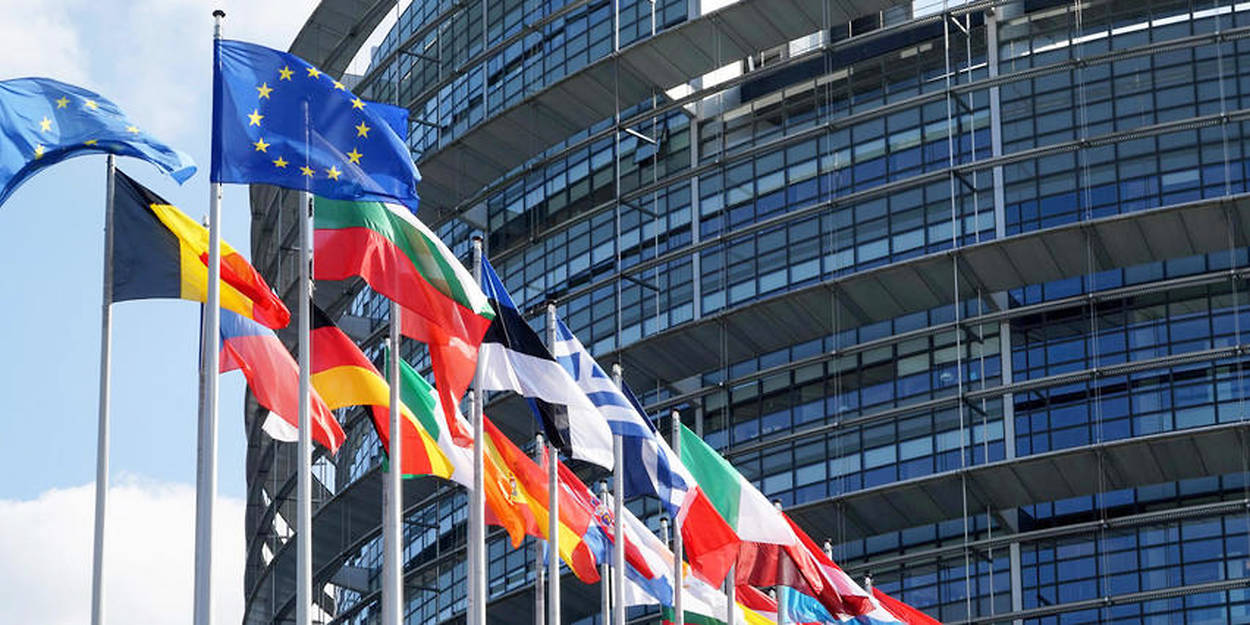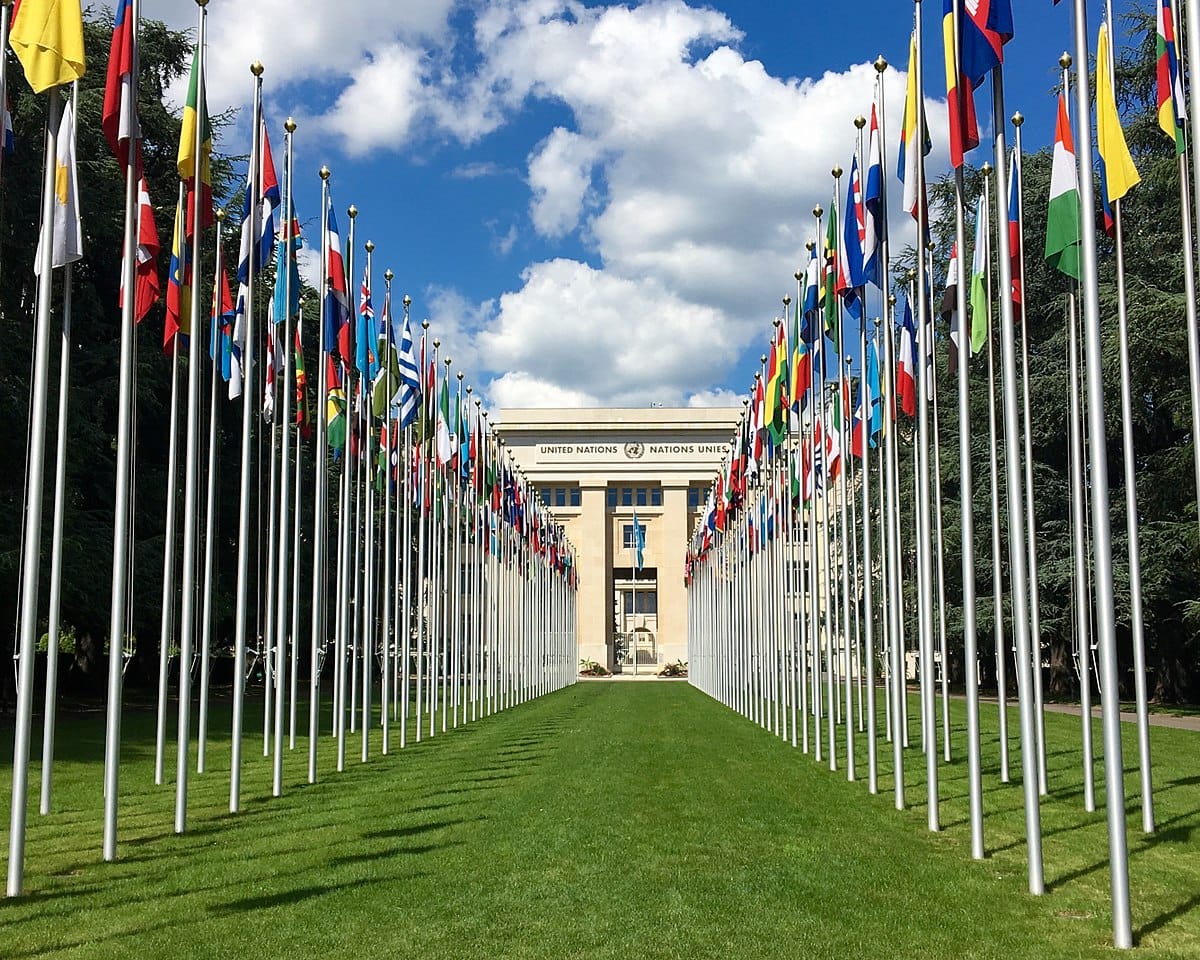At the first-ever “Central Asia – European Union” Summit held in Samarkand, Kazakhstan’s President Kassym-Jomart Tokayev held a pivotal bilateral meeting with European Commission President Ursula von der Leyen, underscoring a dynamic and multi-dimensional shift in EU–Kazakhstani relations.
Their meeting marked a convergence of mutual priorities: the EU’s search for reliable, resource-rich and strategically located partners, and Kazakhstan’s desire to diversify its economic and geopolitical alignments in a rapidly shifting global order.
Forging New Frontiers: From Enhanced Partnership to Practical Deliverables
President Tokayev emphasized that the Enhanced Partnership and Cooperation Agreement (EPCA) remains the legal and diplomatic bedrock of EU–Kazakhstan relations. Signed in 2015 and entering into force in 2020, the EPCA spans 29 areas of cooperation, from trade to environmental policy, and now serves as the framework for targeted expansion.
Tokayev proposed four strategic priority areas where Kazakhstan is ready to elevate collaboration with the EU:
- Energy – including traditional hydrocarbons and critical raw materials, but also a growing focus on green energy and hydrogen.
- Infrastructure and Industrial Projects – particularly involving European investment and technology transfers to support Kazakhstan’s industrial modernization.
- Transport and Logistics – a central theme, with emphasis on Kazakhstan’s unique positioning along the Trans-Caspian International Transport Route (TITR).
- Digital Innovation, Advanced Technologies, and Artificial Intelligence – where Kazakhstan is aiming to integrate into Europe’s innovation ecosystems, including joint research and digital transformation initiatives.
- Visa Simplification: Bridging Borders and Bureaucracies – In a significant development welcomed by both sides, Tokayev and von der Leyen acknowledged the start of procedures for a visa facilitation agreement between Kazakhstan and the EU. For Kazakhstan, this reflects growing trust and deeper engagement with the European bloc. For the EU, it’s a strategic step to promote mobility, educational exchange, and business travel in a region often overshadowed by its larger neighbours.
Europe’s Strategic Pivot: Raw Materials, Rare Earths, and the Green Transition
A standout moment came as President von der Leyen congratulated Kazakhstan on the recent discovery of a major rare earth metals deposit. These critical minerals are indispensable to the EU’s Green Deal and digitalization strategies, powering everything from wind turbines to electric vehicles and smartphones.
Europe’s vulnerability in securing these materials—highlighted by growing dependence on limited global suppliers—has spurred its push for diversified and reliable sources. Kazakhstan, with vast mineral wealth and a desire to integrate into sustainable value chains, now stands out as a key partner.
The Trans-Caspian Opportunity: Logistics Meets Geopolitics
In line with Europe’s efforts to de-risk trade routes and reduce overreliance on traditional corridors that pass through Russia or conflict-prone areas, the Trans-Caspian International Transport Route (Middle Corridor) has emerged as a key focus. Stretching from China through Kazakhstan, across the Caspian Sea to Azerbaijan, Georgia, and into Europe, this multimodal route offers a strategic alternative for Eurasian trade.
Von der Leyen reaffirmed the EU’s interest in investing in the corridor’s efficiency, security, and capacity. Kazakhstan’s central position makes it a linchpin in this emerging transport architecture.
AI and Digitalization: Toward a High-Tech Partnership
In a move reflecting Kazakhstan’s growing ambitions, Tokayev emphasized digital innovation and artificial intelligence as vital pillars of the country’s future economic model. With EU expertise in AI governance, ethics, and technology deployment, both sides see an opportunity for cross-border research, education, and startup ecosystems to flourish.
A Regional Voice with Global Ambitions
The two leaders also reaffirmed their commitment to the C5+EU dialogue platform, a multilateral format engaging the EU and the five Central Asian republics. This reflects the EU’s increasing recognition of Central Asia not just as a transit zone, but as a strategic region with independent agency, energy resources, and innovation potential.
They also exchanged views on current regional and international issues, including security dynamics, climate change cooperation, and food resilience.
A Strategic Inflection Point
This high-level meeting in Samarkand signals more than diplomatic formality—it marks an inflection point in EU–Kazakhstan relations. With mutual interests in energy security, technological advancement, trade diversification, and mobility, both sides are now actively shaping a partnership with real economic and geopolitical substance.
As Kazakhstan continues its multi-vector foreign policy—balancing relations with Europe, China, and Russia—its ties with the EU offer a path toward modernization, global integration, and digital transformation.
By Colin Stevents



